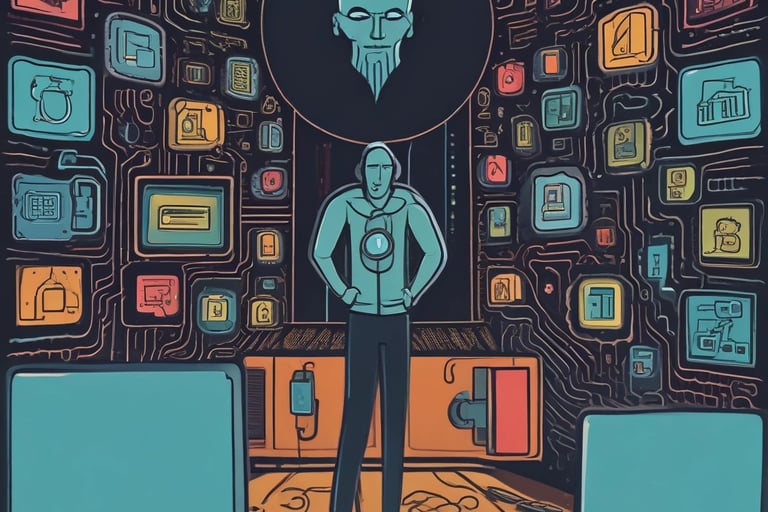In cybersecurity, both Multi-Factor Authentication (MFA) and passwordless technology aim to enhance security by moving beyond traditional password-based authentication.
Multi-Factor Authentication (MFA):
Definition:
MFA is a security method that requires users to provide multiple verification factors to confirm their identity. This means that simply knowing a password isn't enough to gain access.
How it Works:
MFA typically involves combining two or more of the following authentication factors:
Something you know: (e.g., password, PIN)
Something you have: (e.g., smartphone, hardware token)
Something you are: (e.g., fingerprint, facial recognition)
Purpose:
MFA significantly strengthens security by making it much harder for attackers to gain unauthorized access, even if they obtain a user's password.
Passwordless Technology:
Definition:
Passwordless authentication is a method that allows users to access systems without relying on traditional passwords. Instead, it utilizes alternative verification methods.
How it Works:
Common passwordless methods include:
Biometrics: (e.g., fingerprint scanning, facial recognition)
Device-based authentication: (e.g., using a trusted mobile device)
One-time codes: (e.g., sent via SMS or generated by an authenticator app)
Security Keys: (hardware devices that provide strong authentication)
Passkeys: (cryptographic key pairs that are bound to websites and applications)
Purpose:
Passwordless authentication aims to improve security by eliminating the vulnerabilities associated with passwords (e.g., weak passwords, password reuse, phishing). It also often enhances the user experience by simplifying the login process.
MFA and Passwordless relationship:
It is important to understand that passwordless technology is often used in conjunction with MFA. So a system can use passwordless MFA. This means that multiple authentication factors are used, but none of those factors are a traditional password.
In essence, MFA adds layers of security to traditional password-based authentication, while passwordless technology seeks to replace passwords altogether with more secure and convenient alternatives.


